St. Peter’s Rock GrottoFather Scheier
About the Artist/Site
Father Scheier was born and raised in Salem, South Dakota, a town 15 miles east of Farmer. He was exposed to the construction trade as a child and became both familiar and comfortable with the materials that he later used in a unique and creative way. During seminary training, he was exposed to numerous spiritual sites, where he found inspiration; while Father Scheier had no formal art training, he was a man who found art in religion and religion in art.
In 1918, Father Scheier was assigned to St. Peter's Church in Farmer and remained there until 1938. According to documents filed by the South Dakota State Historical Preservation Office, the height of development of the community of Farmer was in 1926, when “…the town had four elevators, two banks, three grocery stores and a hotel, along with other support businesses.”
Father Scheier started construction on the Grotto that same year, as Farmer was experiencing its greatest prosperity. However, before he was able to complete the Grotto, many local businesses failed due to the economic depression that faced the entire country. This fiscal slowdown directly impacted the development of the Grotto, as people began to spend and donate less of their time and money. To raise more funds to support his project, Scheier became a janitor for both the church and the local boarding school, paying all operational expenses for the school out of his own pocket.
As the Grotto developed during one of the most difficult periods in the town’s history, it became a spiritual focal point not only of the parish but of the entire town. It was completed in 1933, in the depths of the Depression. According to Father Scheier, he used 125 sacks of cement, 20 tons of sand, 64 tons of locally-gathered rock, 3 tons of decorative rocks, and 4.5 tons of brick. Common elements can be found throughout the Grotto, including the use of crosses, arches and decorative flower patterns; some viewers have observed certain references to Byzantine style in its various features. The Grotto measures 13.5 feet square, and features a turret at each corner. The materials were drawn from a variety of sources, and include rock from the Badlands and Black Hills of South Dakota, decorative petrified wood from North Dakota, sea shells from the Hawaiian Islands, marble from Tennessee, and even one rock from the Calista Catacombs in Rome, Italy. Inside the Grotto are three altars, all of which bear statues of the Virgin Mary. Mosaic designs, crosses, floral patterns, and various colored stones cover all surfaces.
In 2001, the Grotto was added to the National Register of Historical Places, which was the impetus for allotting funds to put toward its restoration after decades of little or no maintenance. Father Scheier’s Grotto is considered a rare example of self-taught devotional art in the religious history of South Dakota. Located a half-mile north of the Chicago and North Western Railroad Tracks on Joe Street, it is free and open to the public.
~Emily Betts Susanin
Sources:
http://focus.nps.gov/pdfhost/docs/NRHP/Text/01000686.pdf
http://www.waymarking.com/waymarks/WMGB4_Saint_Peters_Grotto
http://www.roadsideamerica.com/story/2215
https://www.facebook.com/media/set/?set=a.1525223534159968.1073741833.128525577163111&type=1
Map & Site Information
Farmer, South Dakota, 57311
us
Latitude/Longitude: 43.723869 / -97.688403
Nearby Environments


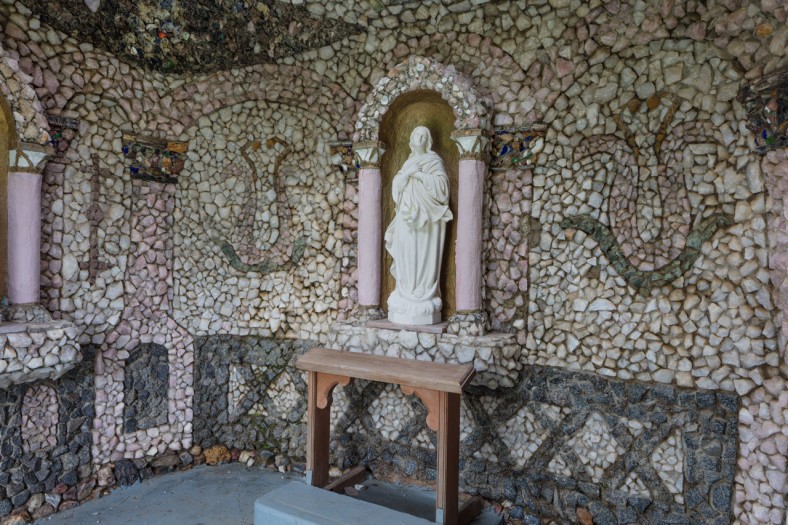
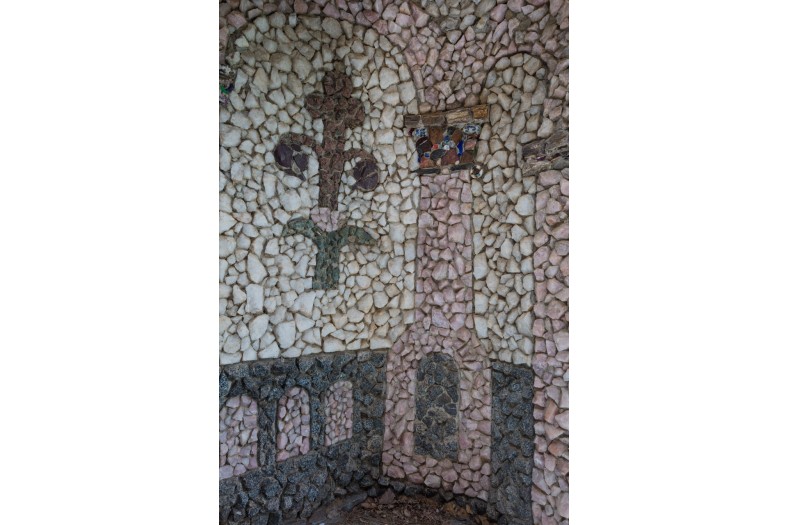

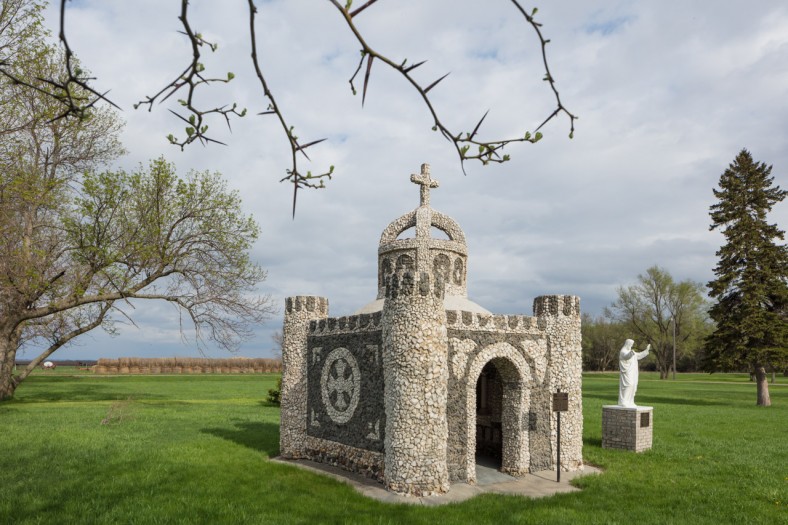
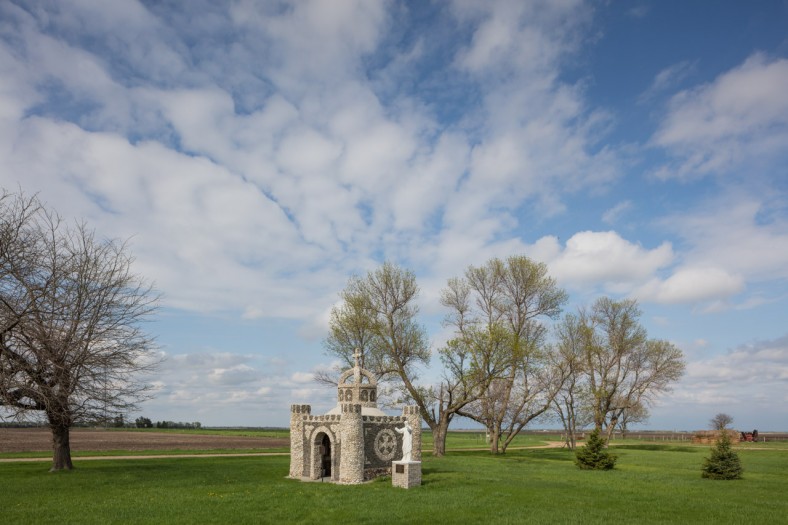
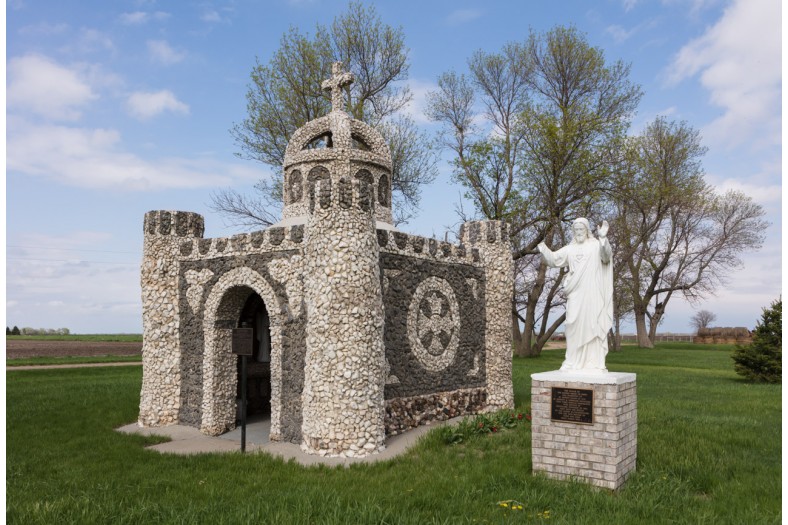
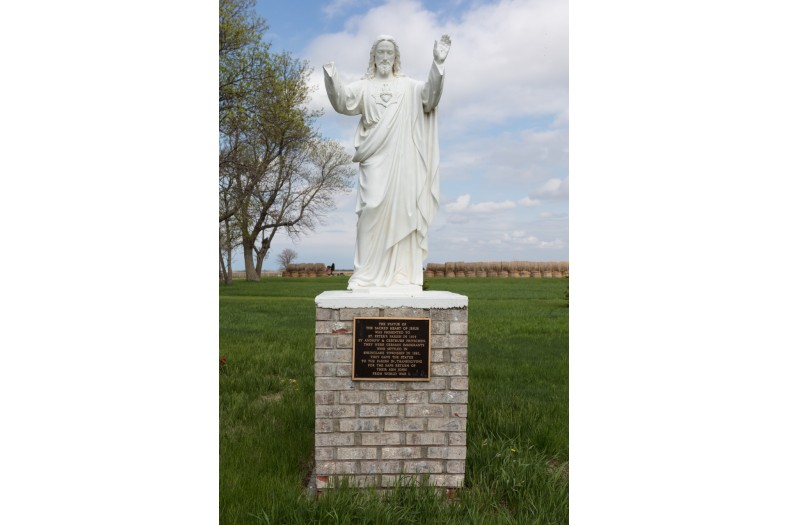
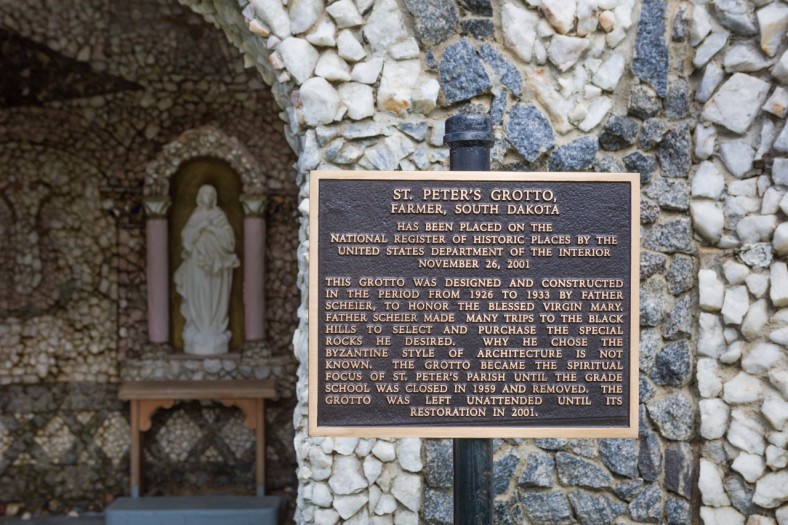
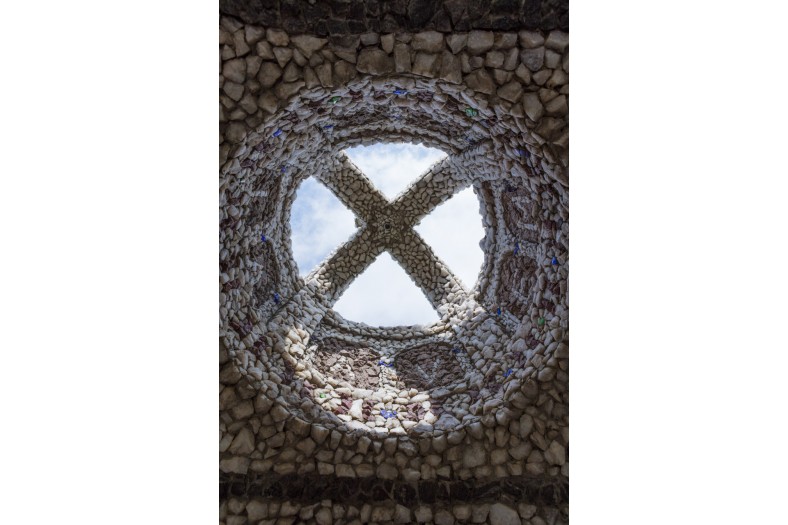
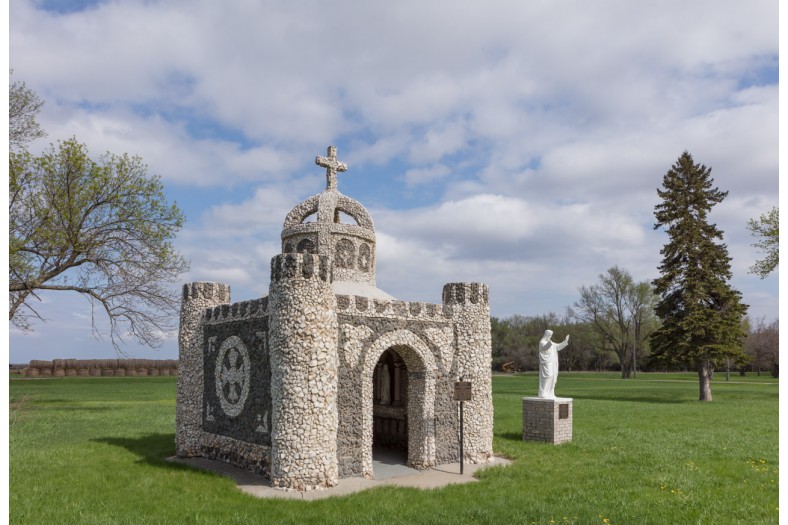
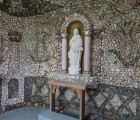
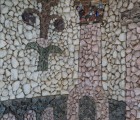
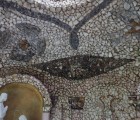
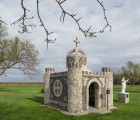
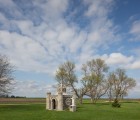
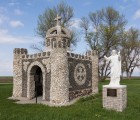
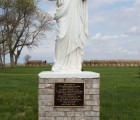
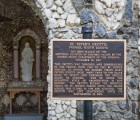

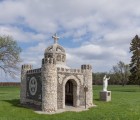
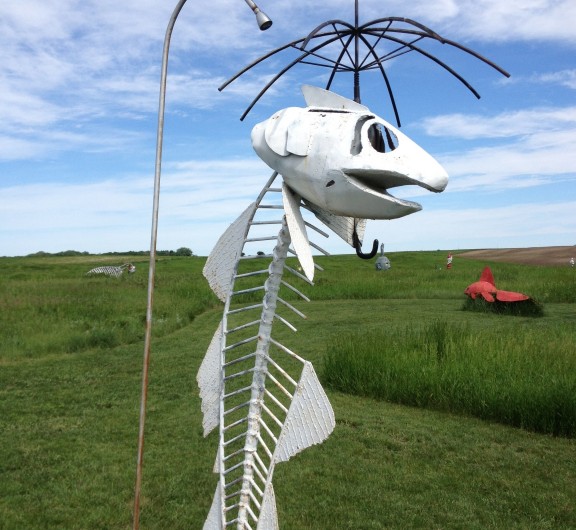

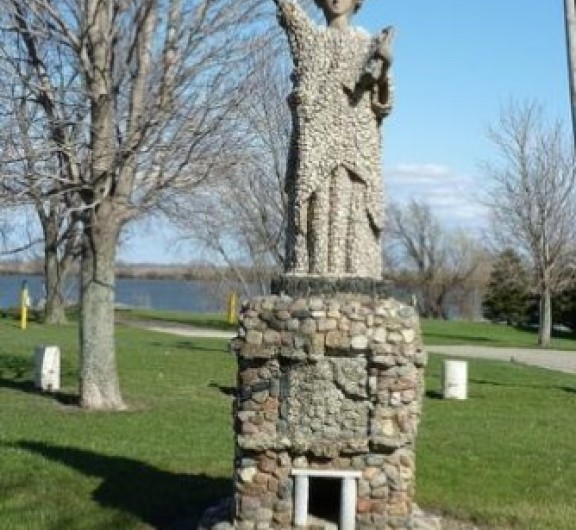
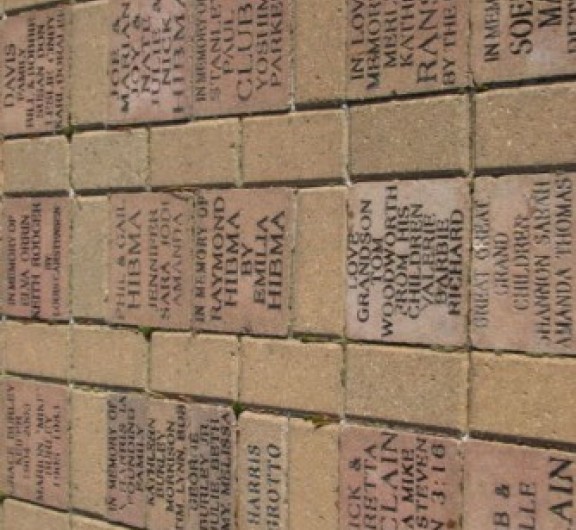
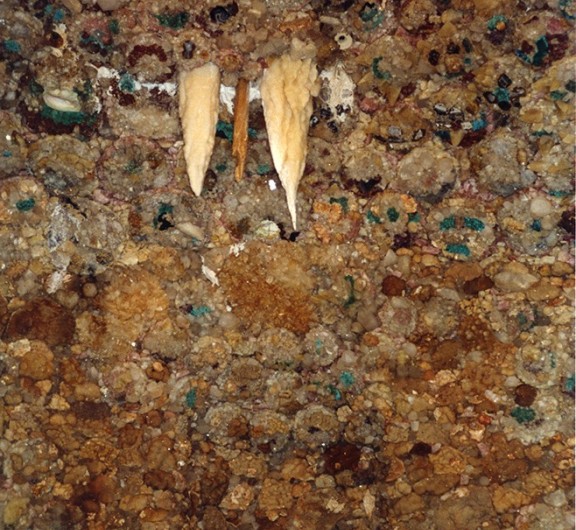

Post your comment
Comments
No one has commented on this page yet.